Animal testing in cosmetics has long been a contentious issue. For much of the 20th century, companies relied on animal testing to evaluate the safety and efficacy of their products, aiming to protect consumers from allergic reactions and other adverse effects. These tests often involved applying products directly to animals’ skin or eyes, subjecting them to painful procedures and, in many cases, long-term harm. While these practices were justified as necessary for consumer safety, the ethical concerns surrounding the treatment of animals sparked widespread criticism and fueled calls for more humane alternatives.
Shifts in Public Opinion and Ethical Considerations

Over the past few decades, societal attitudes toward animal testing have shifted dramatically. Public awareness of animal rights has grown, thanks in large part to advocacy from organizations such as PETA and the Humane Society. These groups have spotlighted the suffering endured by animals in testing facilities, prompting consumers to reconsider the morality of using animals for cosmetic testing. As animals are increasingly recognized as sentient beings capable of experiencing pain and distress, the demand for cruelty-free products has surged, with many consumers now prioritizing ethical considerations when making purchasing decisions.
Legislative Milestones in the Ban on Animal Testing
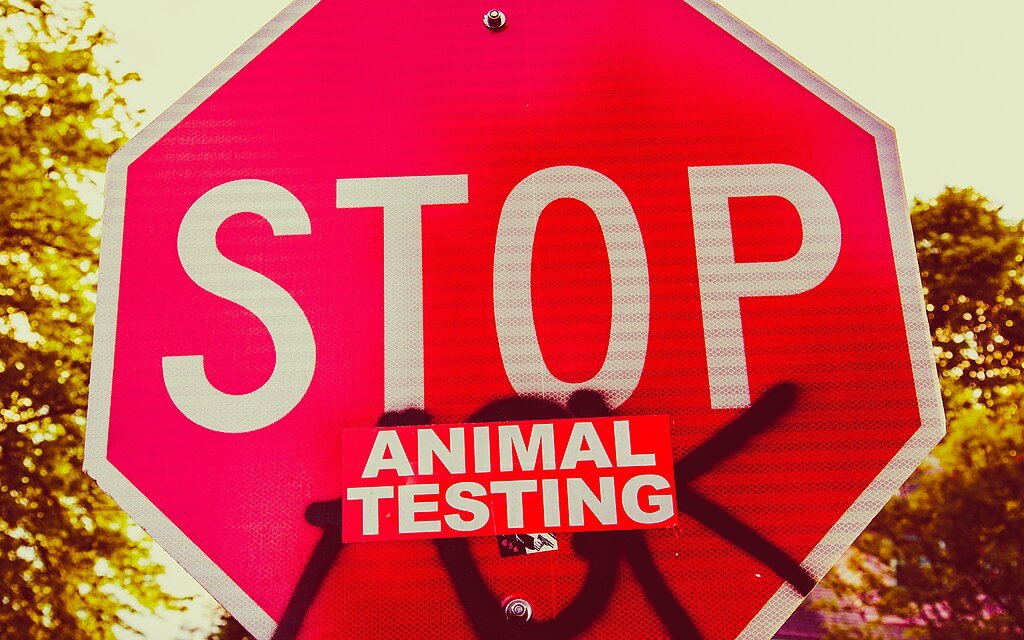
Global efforts to outlaw animal testing for cosmetics have led to significant legislative achievements. The European Union (EU) has been at the forefront of this movement, implementing a phased ban beginning in 2004. By 2013, the EU had enacted a complete ban on the sale of cosmetics tested on animals, regardless of where the testing occurred. This landmark decision set a global precedent, encouraging other regions to follow suit.
Countries such as India, Israel, and Norway have introduced their own bans on cosmetic animal testing. Similarly, the United States has seen progress at the state level, with California, Nevada, and Illinois among those passing laws prohibiting the sale of animal-tested cosmetics. These milestones reflect a growing global consensus on the need to eliminate animal testing, although the path to a universal ban remains complex.
Innovative Alternatives to Animal Testing

The move away from animal testing has spurred innovation in scientific research, leading to the development of ethical and effective alternatives. Among these are in vitro testing methods, which use human cells and tissues to assess product safety. Advanced computer models and machine learning algorithms now simulate human biological responses with remarkable accuracy, offering predictive insights without the need for animal involvement. Additionally, 3D bioprinting technology enables scientists to replicate human skin and other tissues, further reducing reliance on animal testing.
These alternatives are not only more humane but often more reliable, providing data that is directly relevant to humans rather than extrapolated from animal studies. As these technologies continue to evolve, they are increasingly recognized as the gold standard for cosmetic testing.
Corporate Responsibility and Industry Adaptation
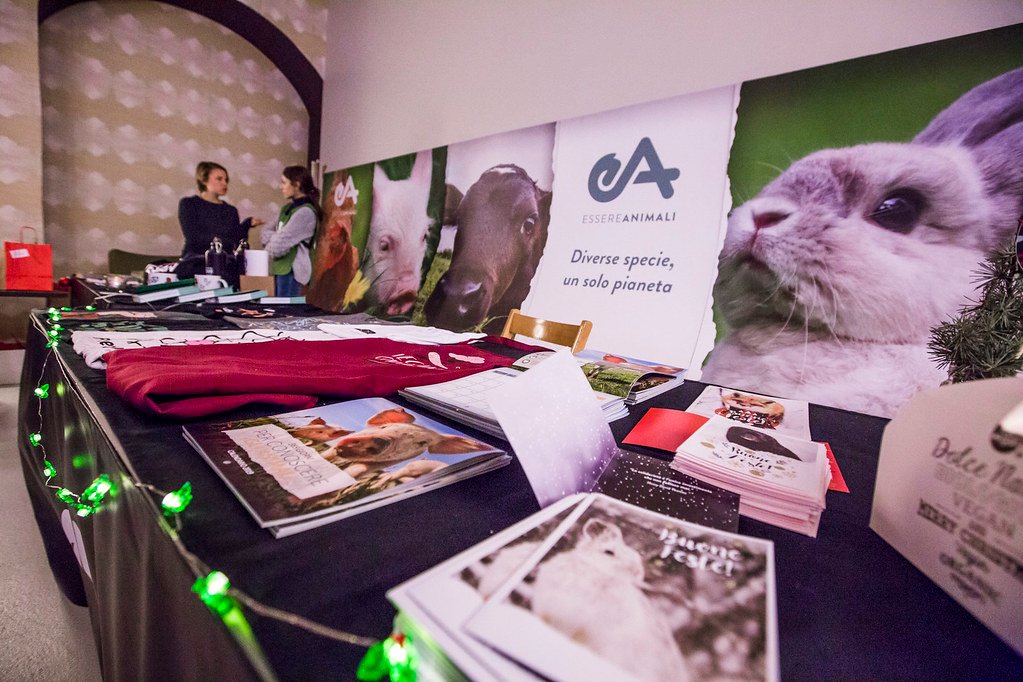
Many cosmetics companies have embraced the shift toward cruelty-free practices, driven by both ethical considerations and market demand. Certifications like the “Leaping Bunny” and PETA’s “Cruelty-Free” logo have become valuable indicators for consumers seeking products that align with their values.
Brands such as Lush, The Body Shop, and e.l.f. Cosmetics have positioned themselves as leaders in the cruelty-free movement, adopting non-animal testing methods and advocating for broader industry change. This trend reflects a broader shift in consumer behavior, as ethical consumerism increasingly influences purchasing decisions and corporate practices.
Challenges in Implementing Global Bans
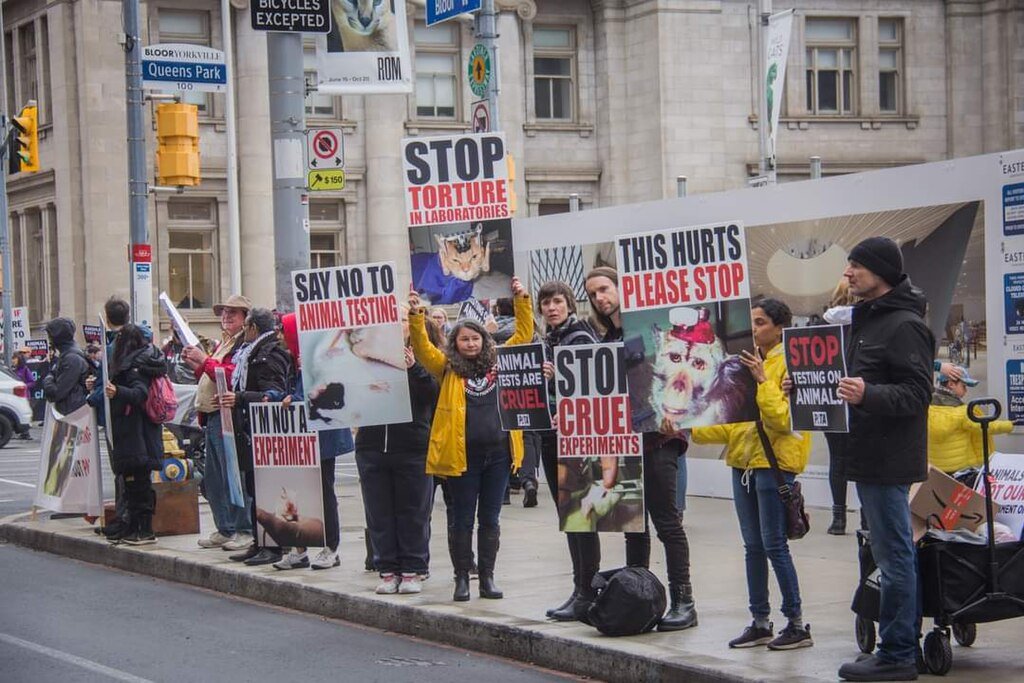
Despite significant progress, achieving a worldwide ban on animal testing for cosmetics remains challenging. Regulatory disparities across countries present a major hurdle, as some nations still require animal testing for safety certification. Economic considerations, particularly in developing countries, further complicate the transition to cruelty-free alternatives, as investing in new technologies can be costly.
Cultural attitudes toward animal rights also vary, influencing the pace of change. For instance, in regions where animal welfare is not yet a priority, advocacy efforts face resistance from both governments and industries. Bridging these gaps will require sustained global cooperation and the harmonization of regulatory frameworks.
The Future of Cosmetic Testing and Animal Welfare
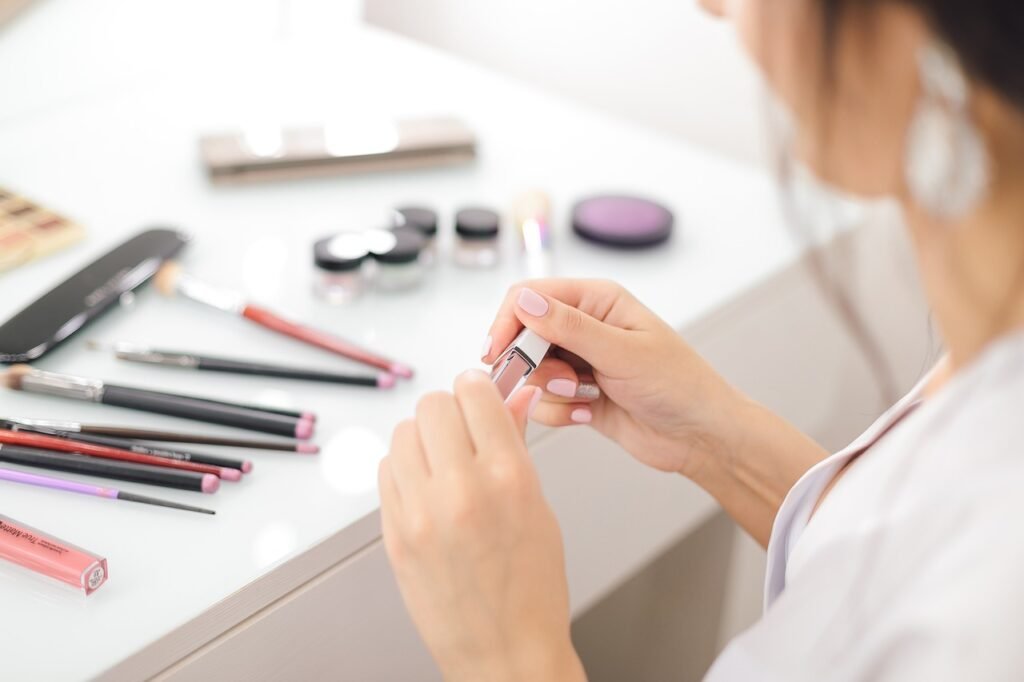
The future of cosmetic testing lies in continued innovation, advocacy, and collaboration. As alternative testing methods become more accessible and cost-effective, the shift away from animal testing is likely to accelerate. Investors and businesses are increasingly factoring ethical considerations into their strategies, recognizing the growing consumer demand for cruelty-free products.
Organizations and governments working together through initiatives like the United Nations Sustainable Development Goals (SDGs) can help create a unified approach to animal welfare. The integration of advanced technologies, such as AI-driven models and human-based testing systems, will further reduce the reliance on animal testing while enhancing the safety and efficacy of cosmetic products.
Conclusion
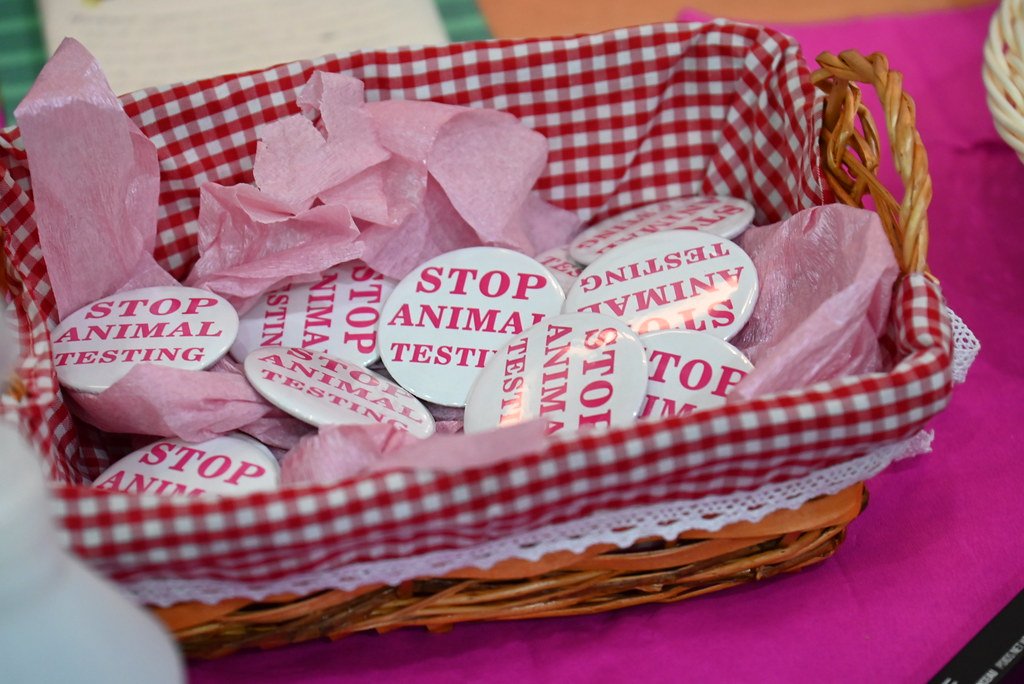
The movement against animal testing in cosmetics exemplifies a broader societal shift toward ethical consumerism and a commitment to humane practices. Legislative milestones, innovative alternatives, and the growing influence of conscious consumers have transformed the industry, paving the way for a future where animal testing is no longer necessary.
This evolution underscores the interplay between regulation, consumer demand, and technological advancement in shaping industry practices. By fostering global cooperation and investing in humane solutions, the cosmetics industry can achieve a compassionate balance between human needs and animal welfare, ensuring that ethical considerations remain at the heart of progress.




